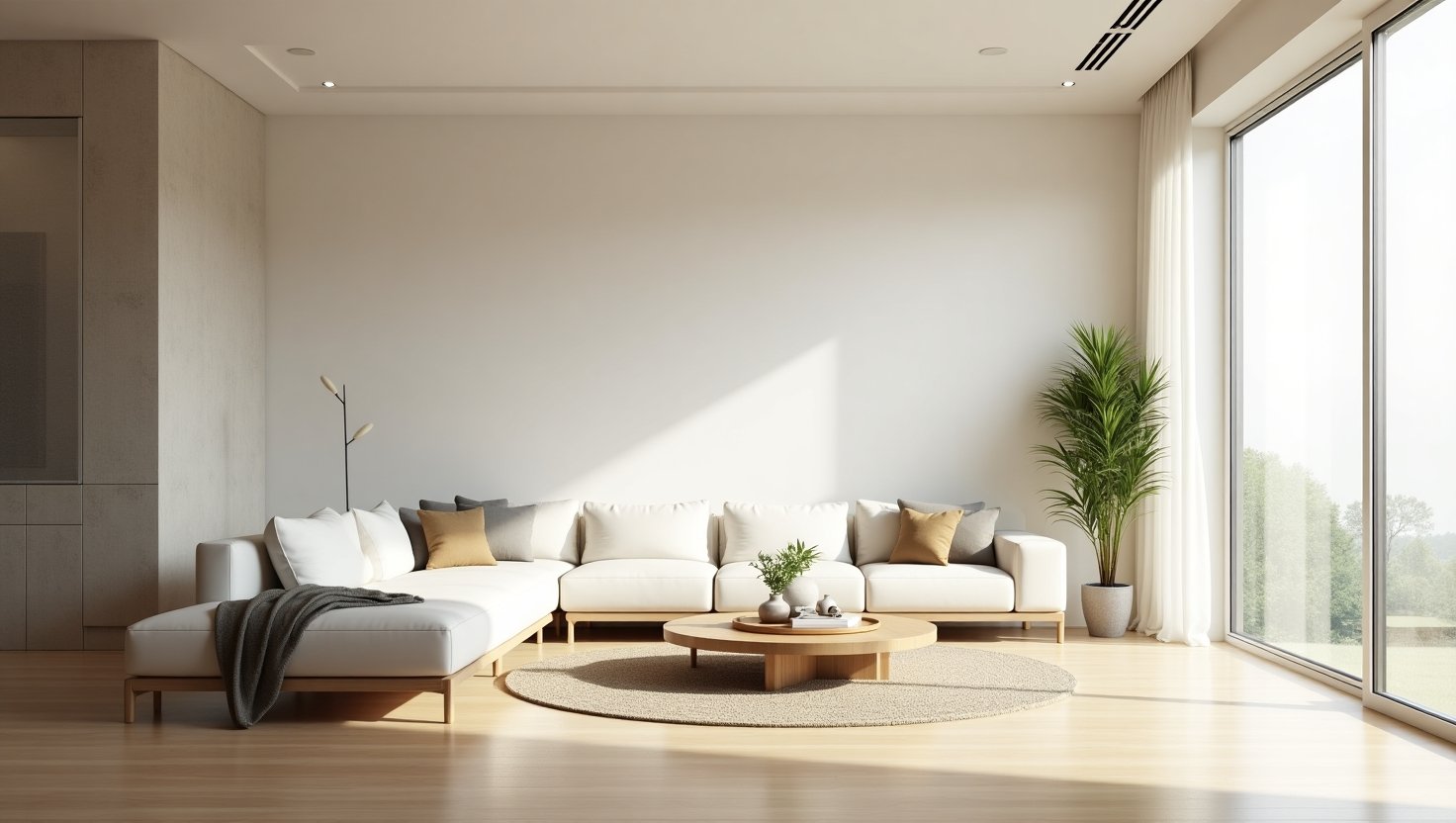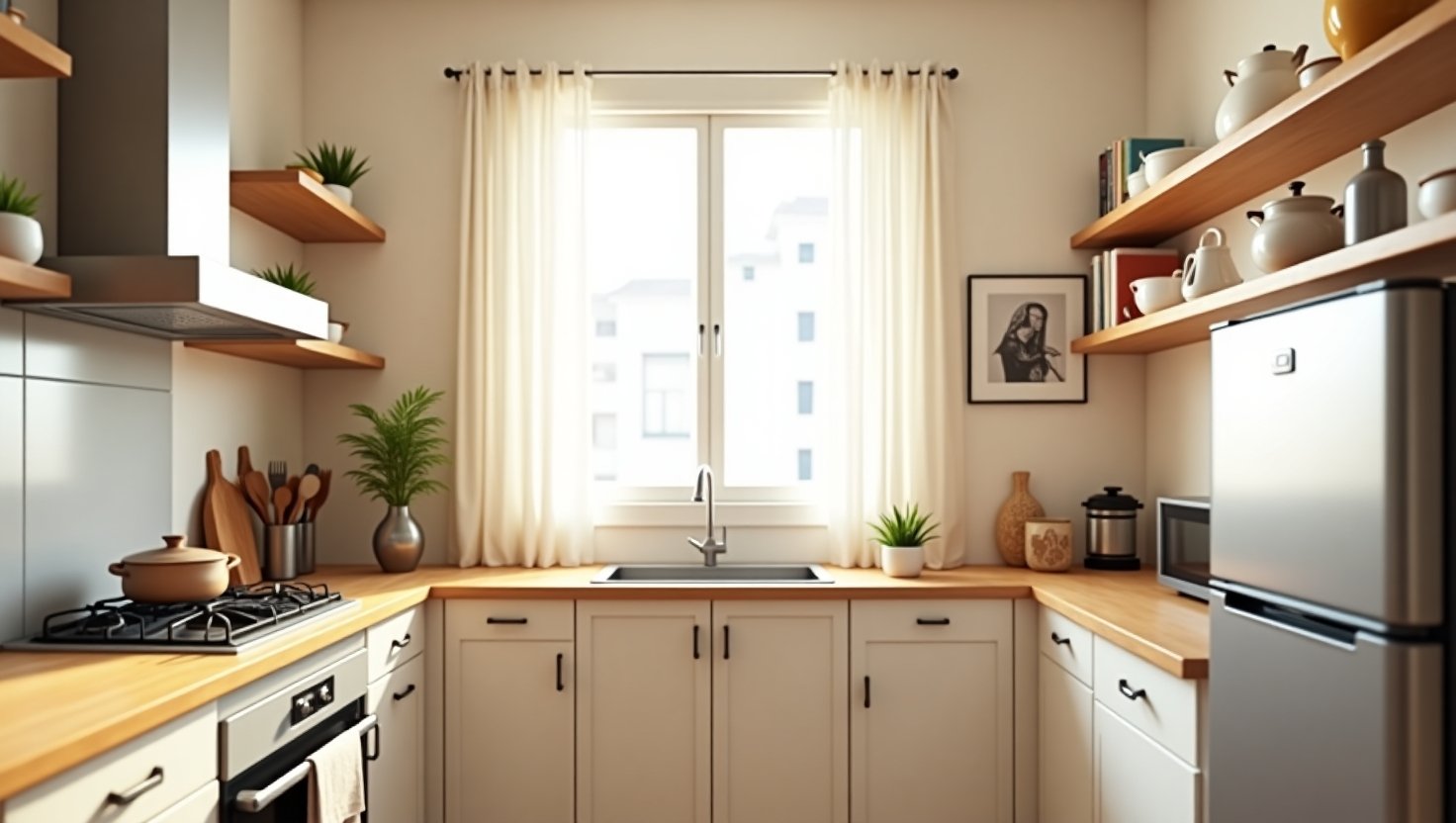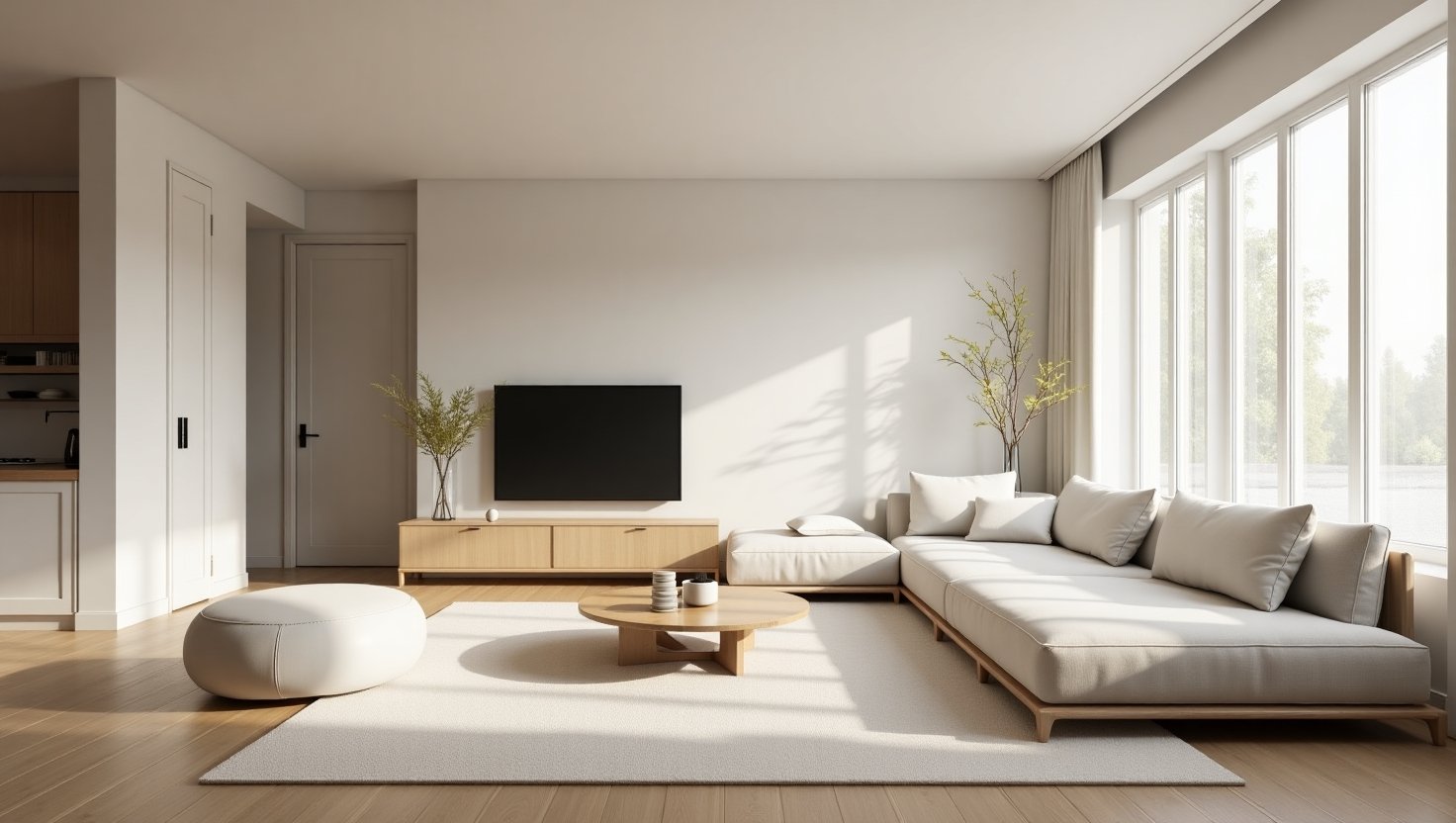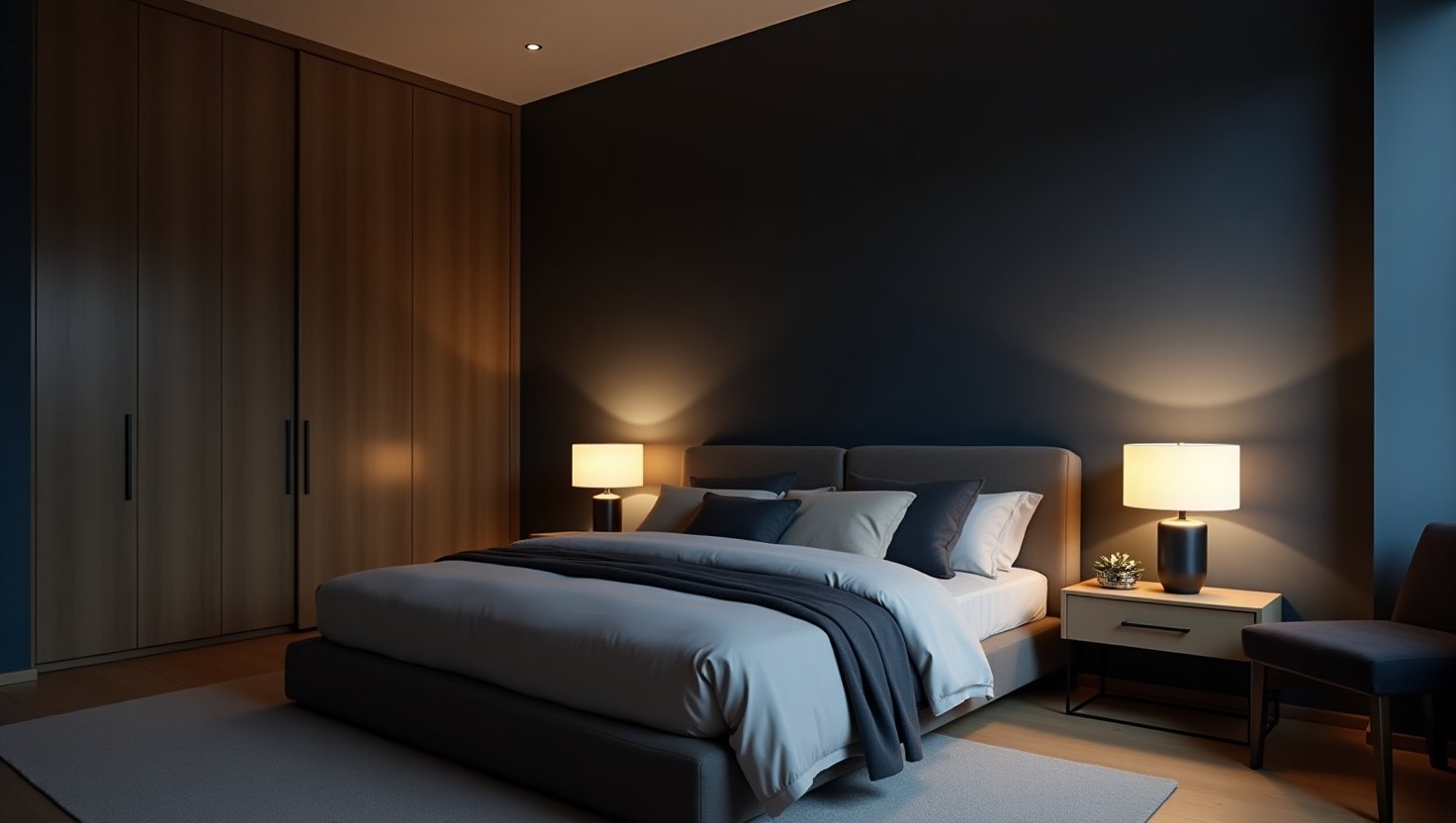Have you ever walked into your home feeling overwhelmed by the clutter around you? You’re not alone. In our consumer-driven world, many of us have accumulated more stuff than we know what to do with. But what if I told you that living with less could actually bring you more joy, peace, and freedom?
Welcome to the world of minimalism – a lifestyle that’s transforming homes and lives across the globe. Don’t worry, you don’t need to live in an empty white box or get rid of everything you own. True minimalism is about being intentional with what you keep and creating space for what truly matters.
What Is Minimalism Really About?
Before we dive into the practical steps, let’s clear up some misconceptions. Minimalism isn’t about depriving yourself or following strict rules about how many items you can own. It’s about making conscious choices to surround yourself only with things that add value to your life.
Think of minimalism as a tool to help you focus on your priorities. When you remove the excess, you create physical and mental space for experiences, relationships, and activities that bring genuine happiness.

Ready to start your minimalism journey? Let’s explore where to begin in your home.
Choose Your Starting Point Wisely
The biggest mistake people make when starting their minimalism journey is trying to tackle their entire home at once. This approach often leads to overwhelm and giving up before seeing any real progress.
Start Small for Big Results
Pick one specific area to focus on first. Here are the best places to begin:
Your bedroom nightstand – This small space can be decluttered in 15 minutes and will give you an immediate sense of accomplishment.
One dresser drawer – Choose the one that bothers you most when you open it. You’ll feel the relief every time you use it.
Your bathroom counter – A clean, minimal bathroom counter creates an instant spa-like feeling that starts your day right.
The key is choosing an area that you’ll see and use daily, so you can experience the benefits of minimalism immediately.
The Three-Box Method: Your Decluttering Game-Changer
Once you’ve chosen your starting area, use this simple but effective sorting system:
Box 1: Keep
Items that you use regularly, love, or truly need. Be honest with yourself – when was the last time you actually used that item?
Box 2: Donate/Sell
Things in good condition that no longer serve you but could benefit someone else. This box helps you feel good about letting go.
Box 3: Trash/Recycle
Broken, expired, or worn-out items that have reached the end of their useful life.
Pro tip: If you’re unsure about an item, ask yourself: “If I were moving tomorrow, would I pack this?” Your gut reaction will tell you everything you need to know.
Room-by-Room Minimalism Strategy
Kitchen: The Heart of Functional Minimalism

Your kitchen is perfect for practicing functional minimalism. Start with these areas:
Countertops first – Clear everything off and only put back what you use daily. Your coffee maker might stay, but that bread maker you used twice? Time to let it go.
Cabinets and drawers – Keep one set of dishes per person in your household, plus a few extras for guests. You really don’t need 47 coffee mugs, even if they all have cute sayings.
Pantry organization – Group similar items together and get rid of expired products. A well-organized pantry makes meal planning easier and reduces food waste.
Living Room: Creating Your Peaceful Sanctuary

The living room is where you unwind, so it should feel calm and inviting.
Coffee table clarity – Keep your coffee table mostly clear except for one or two decorative items. This creates visual breathing room.
Bookshelf curation – Keep books you’ll reference again or truly love. Those novels you’ll never reread? Pass them on to someone who will enjoy them.
Electronics organization – Invest in a media console with closed storage to hide cables and devices. A clean entertainment area feels more relaxing.
Bedroom: Your Personal Retreat

Your bedroom should be a sanctuary that promotes rest and relaxation.
Closet transformation – Use the “one-year rule”: if you haven’t worn something in a year, it’s time to donate it. Focus on versatile pieces that mix and match well.
Nightstand essentials – Keep only what you need for bedtime and morning routines. A lamp, your current book, and maybe a glass of water.
Under-bed storage – If you must store things under your bed, use uniform containers and limit them to seasonal items or extra linens.
Overcoming Common Minimalism Challenges
“But What If I Need It Someday?”
This is the most common fear when decluttering. Here’s the reality: if you haven’t used something in over a year, you probably won’t miss it. For items you’re genuinely unsure about, store them in a box for six months. If you don’t go looking for anything in that box, donate the entire thing without opening it.
Sentimental Items Dilemma
Sentimental items deserve special consideration. Keep the things that truly spark joy and memories, but be selective. You don’t need to keep every greeting card you’ve ever received – choose the most meaningful ones and display or store them properly.
Try this: Take photos of items with sentimental value but no practical use. You’ll preserve the memory without keeping the physical object.
Family Resistance
If you live with others, lead by example rather than trying to force minimalism on everyone. Start with your personal spaces and common areas you’re responsible for. Often, family members will naturally start adopting minimalist practices when they see the benefits.
Creating Sustainable Minimalist Habits
The “One In, One Out” Rule
Once you’ve decluttered an area, maintain it with this simple rule: for every new item you bring home, remove one item. This prevents accumulation and forces you to be intentional about new purchases.
Weekly 10-Minute Declutter
Set a timer for 10 minutes each week and quickly go through one small area. This prevents clutter from building up again and keeps your minimalist momentum going.
Mindful Shopping Practices
Before buying anything new, ask yourself:
- Do I have something that already serves this purpose?
- Where will I store this?
- Will this add genuine value to my life?
Want to take it a step further? Try the 24-hour rule for non-essential purchases. Wait a day before buying, and you’ll often find the urge passes.
The Ripple Effects of Home Minimalism
As you progress in your minimalism journey, you’ll notice benefits beyond just a cleaner home:
Reduced stress and anxiety – Clutter competes for your attention and can increase cortisol levels. A cleaner space promotes mental clarity.
More time for what matters – Less stuff means less time spent cleaning, organizing, and searching for things.
Financial freedom – When you’re more intentional about purchases, you naturally spend less and save more.
Environmental impact – Consuming less and donating items extends their life cycle, reducing waste.
Your Next Steps: Making Minimalism Stick
Start this week by choosing one small area in your home – maybe that junk drawer in your kitchen or the top of your dresser. Spend 30 minutes applying the three-box method and see how it feels.
Remember, minimalism is a journey, not a destination. There’s no perfect number of items to own or specific way your home should look. The goal is creating a space that supports the life you want to live.
Ready to experience the freedom of less? Choose your starting point today and take that first step toward a more intentional, peaceful home. Your future self will thank you for it.
What area of your home will you tackle first? The hardest part is always beginning, but once you experience that first taste of minimalist clarity, you’ll be motivated to continue your journey toward a more intentional life.
